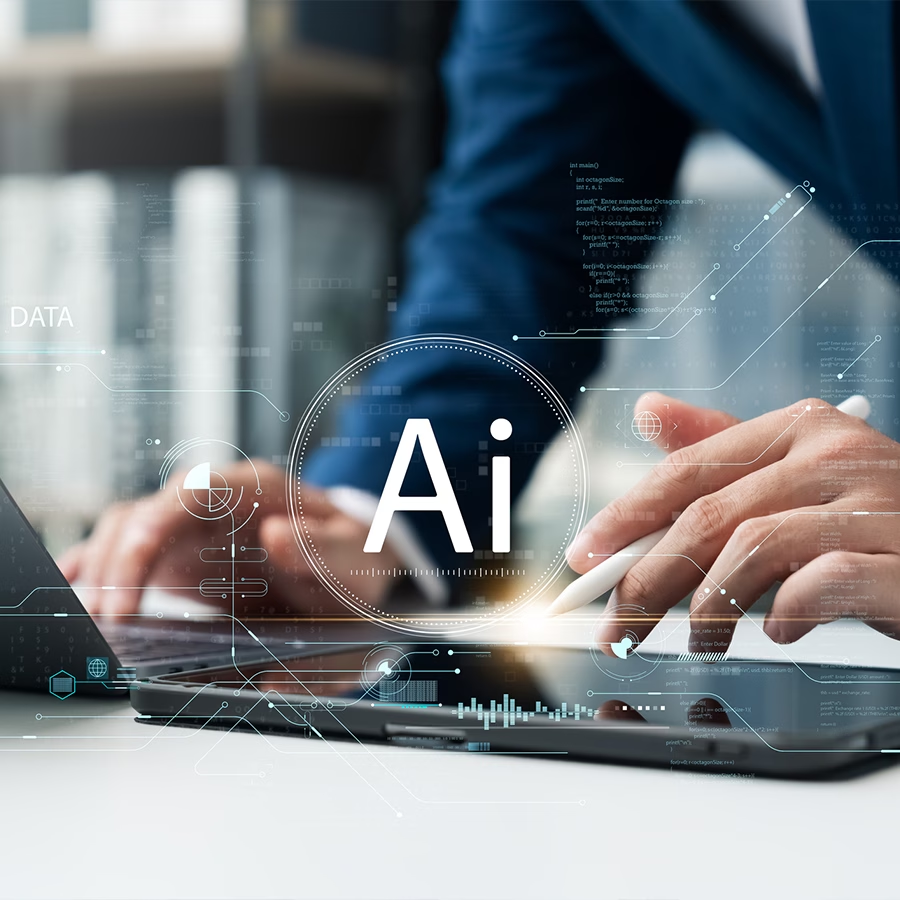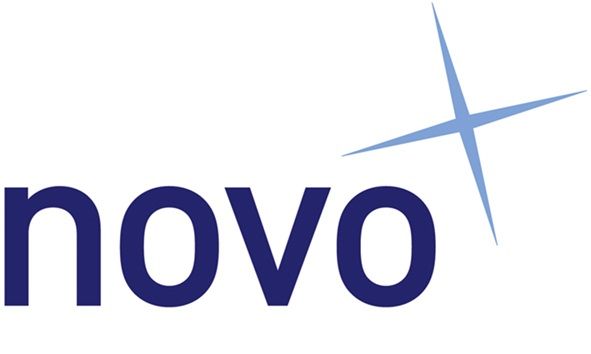Using AI to Improve Employee Experience and Innovation

“AI will not replace humans, but those who use AI will replace those who don’t.”
Ginni Rometty, the former CEO of IBM, made this famous quote on the future of AI, emphasising the need to use AI to help individuals and organisations enhance their performance.
Leveraging artificial intelligence (AI) can help improve all aspects of your employees’ journey, from onboarding to performance, development, support, and access to information for daily tasks.
According to the United Nations Conference on Trade and Development (UNCTAD), AI is expected to affect 40% of global employment. Of this, around 27% of jobs are exposed to AI augmentation, meaning AI has the potential to enhance or complement human work, rather than fully replace it. For boards and executive teams, the real opportunity lies in how AI can reshape employees’ daily experiences, not by automating them out, but by augmenting their capabilities and improving how work gets done.
How Does AI Change the Employee Journey?
Enhances Onboarding
Onboarding is more than just a process, it’s a first impression. For new hires, it sets the pace and signals what kind of organisation they’ve joined. Done well, it builds early confidence and connection. But too often, the experience is slowed by admin, compliance tasks, and one-size-fits-all introductions.
AI is changing that. By automating routine steps such as document handling, system access, or compliance briefings it frees up time for more meaningful interaction. More importantly, it allows for a level of personalisation that was previously difficult to scale.
A newly appointed manager, for example, might receive tailored simulations to practise leadership decisions, while a technical specialist could be directed toward learning resources that fast-track domain expertise. This kind of relevance from day one sends a clear message: we’re invested in helping you succeed.
Supporting Daily Work, Not Replacing It
Where AI proves especially valuable is in the rhythm of everyday. The tasks that fill a calendar such as scheduling meetings, drafting documents, searching for the right piece of information. They’re all necessary, but they’re rarely where people add their greatest value.
By quietly handling these repetitive tasks, AI creates space for employees to focus on what really matters: thinking strategically, collaborating meaningfully, and solving complex problems.
In recent UK trials, civil servants using Microsoft Copilot reported saving over 26 minutes each day, adding up to more than two full working weeks across a year. That’s not just a boost in productivity; it’s a shift in mindset, enabling people to spend more time on work that drives genuine impact.
Growth That Feels Personal
Progress matters. Whether it’s learning something new or preparing for future leadership, people want to see that their organisation is invested in their development.
AI is adding a new layer of intelligence to this. By analysing skills data, it can identify individual gaps and strengths that might otherwise go unnoticed. From there, it can recommend learning paths and development opportunities that align not just with business needs, but with personal ambition.
This isn’t about ticking boxes in a training manual. It’s about showing employees a future they can picture themselves in and helping them take clear, actionable steps toward it.
McKinsey estimates that AI-driven productivity could generate up to $4.4 trillion annually, with the most significant gains expected from agentic AI, tools that support complex, high-value tasks. But for organisations, the true return comes when people feel their growth is being recognised and actively supported.
Well-being and Support
How people feel at work shapes how they perform. AI can surface early signs of burnout like out-of-hours activity or sudden dips in engagement, giving leaders a chance to step in early.
Used well, AI doesn’t just drive efficiency; it supports healthier, more balanced working lives. Users often report lower stress, better focus, and greater satisfaction because they’re spending time on what matters.
Conditions for Success
It’s Not Just About Technology
Bringing AI into the workplace isn’t only a systems upgrade, it’s a cultural shift. How it’s introduced matters. When boards lead with transparency, involve employees early, and focus on real-world benefits, trust grows and so does adoption.
Keep Humans in the Loop
AI can support decision-making, but it shouldn’t replace it. Credibility comes from keeping human judgment at the centre. Employees and managers need the clarity and confidence to question, refine, or override AI suggestions when needed. That’s how trust is built and maintained.
Inclusion and Upskilling
Research by McKinsey shows that many employees are more ready for AI than leaders realise. But not everyone feels confident yet.
To bring people with you, it’s essential to offer practical training, space to experiment safely, and chances to shape how AI is used. When everyone is supported, adoption becomes more inclusive and far more effective.
Measure What Matters
It’s tempting to track productivity alone, but the real impact of AI runs deeper. Boards should ask: is it helping people stay longer, settle in faster, and avoid burnout?
These are the signals that point to lasting value, not just short-term gains.
Pitfalls to Watch Out For
Poorly implemented AI can damage morale and widen existing inequalities. To ensure AI enhances, rather than undermines, the employee experience, be mindful of the following:
- Bias: Skewed data can reinforce existing inequalities. Models must be trained carefully to avoid this.
- Job anxiety: Even when AI is meant to support roles, unclear messaging can lead to fear of replacement. Communication is key.
- Over-automation: Taking too much control away from employees can leave them feeling sidelined instead of empowered.
- Privacy: Any use of sentiment analysis or behavioural tracking must be backed by clear consent and robust safeguards.
The message is clear: adopting AI without considering culture and communication risks doing more harm than good.
How Innovation Grows from Better Employee Experiences
There’s a direct line between employee experience and innovation. When AI takes care of repetitive tasks, teams gain the space to think differently – to explore, create, and solve.
AI also helps surface opportunities highlighting patterns in workflows, bottlenecks, or customer needs that might otherwise go unnoticed.
Innovation rarely comes from one big idea. More often, it thrives in cultures where people have the time, trust, and tools to experiment.
Final Thoughts
AI isn’t just another tool. It’s becoming a foundational part of how we work, learn, and lead. For boards, the real question is no longer if AI should be used, but how to use it wisely, responsibly, and with lasting impact.
Focus solely on efficiency, and the gains will be short-lived. Focus on experience, and you unlock something more enduring: innovation, resilience, and loyalty.
The question at your next board meeting shouldn’t be, “What can we automate?” but rather, “How can AI help our people be more effective, supported, and inspired?”
At Novo Executive Search, we see AI not as a replacement for leadership, but as a vital element of future-fit talent strategy. The organisations that will lead tomorrow are those treating employee experience as a strategic priority and using AI to strengthen, not sideline, the human element.
That starts by giving people the right tools, and the confidence to use them well.












